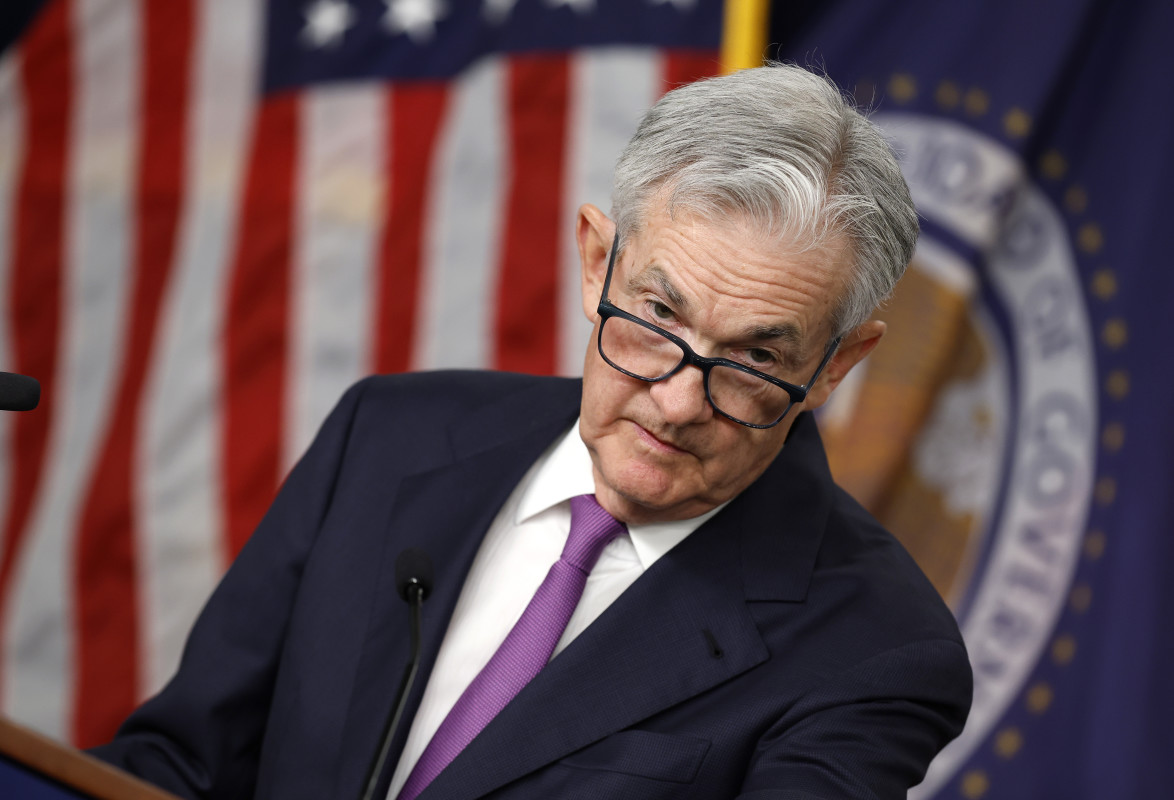
Not everyone cares about what happens in the stock markets. If, however, you're trying to buy or sell a home, the market turmoil that erupted last week has actually been good news.
The reason: Mortgage rates have been falling, offering would-be buyers more of a chance to get a home purchase to work. And don't forget: Federal Reserve Chairman Jerome Powell suggested strongly last week that interest-rate cuts are coming, maybe in September.
Daily quotes on 30-year mortgages were 6.52% on Tuesday, according to Mortgage News Daily, which tracks the money markets and mortgage rates.
That was up slightly from the 6.34% reached Monday as stocks crumbled and many investors sought relative safety in bonds. The 6.34% was also the lowest level since April 7, 2023.
Related: Fed drops biggest hint yet on next interest rate move
The 30-year rate, in fact, has dropped nearly 13.3% from a recent top of 7.52% on April 24, 2024. So, if you're buying a home with a $250,000 mortgage, the rate drop means the monthly principal-and-interest payment drops from $1,751.46 in April to $1,583.46.
That works out to $168 monthly in savings, which annualizes at $2,016.
(The payment does not include taxes, property insurance, or mortgage insurance if the down payment is under 20% of the purchase price.)
So, that leaves a buyer with a choice: pay less on the mortgage or buy a bigger house.
For the seller, lower rates may bring out more buyers and possibly firm up the price for a family's home.
The weekly surveys from Freddie Mac, the popular name for the Federal Home Loan Mortgage Corp. (FMCC) , confirm the trend of lower rates.

Getty Images
Lower mortgage rates collide with market reality
Lower rates are good for housing, but it comes as the U.S. housing market remains stressed. Inventories of existing homes for sale are very tight in much of the country. Sales have been soft, while prices in the aggregate are still rising.
Related: Mortgage rates get huge boost from Fed signals, bond market rally
Existing home sales hit a seasonally adjusted annual rate of 3.89 million units in June, down nearly 20% from June 2023. Sales hit a rate of 6.6 million units in December 2021. New-home sales in June hit an annualized rate of 617,000 units, down 7.4% from a year earlier.
The market tightness is due, in part, to Powell and the Federal Reserve, which jacked up interest rates 11 times between March 2022 and July 2023 to fight inflation.
Mortgage rates increased from 3% at the end of 2021 to nearly 8% in October 2023.
Many homeowners aren't selling because they have mortgages with rates below 5% and would have to pay more if they moved to a new home.
The other issue is that many buyers believe they can't make a purchase work even with rates at 6.4%. Real estate brokers and agents believe the 30-year rate needs to drop to 6% or lower.
At 6%, the monthly payment on a $250,000 loan drops to $1,499.
More Real Estate:
- Will mortgage rates finally help housing?
- Dave Ramsey shares strong words on buying a home and real estate now
- Common Mistakes Rental Property Owners Make in Retirement
Will mortgage rates move lower?
What's not known is if interest rates and mortgage rates will remain close to current levels. The 10-year Treasury yield, which heavily influences U.S. mortgage rates, fell slightly to 3.793% on Friday and slumped to as low as 3.669% on Monday before closing at 3.798%. The yield moved up slightly to about 3.9% on Tuesday.
The 10-year yield may continue at a lower level. The current yield chart shows a ceiling of about 4.2%.
One way a buyer can protect himself or herself is to talk regularly to lenders about current rates. As important: If you're closing in on a sales price, see if a lender will commit to a specific rate remaining in place until the sale closes. (And get the commitment in writing.)
Homebuilder stocks were hit hard by Monday's market slump. However, the stocks were higher on Tuesday, with D.R. Horton (DHI) up 1.7% at $176.76 in midday trading. Lennar (LEN) , down 2.3% on Monday, was up 2.3% to $174.30.
The iShares U.S. Home Construction ETF (ITB) , which had fallen 2.82% on Monday, rebounded 1.8% to $114.62. The shares had hit a 52-week high of $123.89 on July 31.
Related: Veteran fund manager sees world of pain coming for stocks







